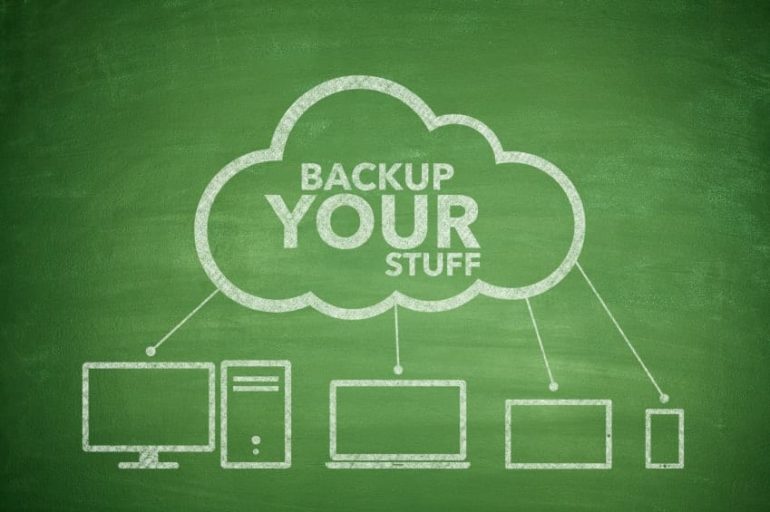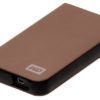Wireless drives are more than just backup storage solutions with convenient wireless functionality. In their attempt to outdo the competition, hardware manufacturers often include extra features that add value to their wireless drives. Some of these features are innovative and serve practical purposes, but some are superficial, uninspired add-ons that the marketing department will merely use to trick consumers into making purchases. Don’t be fooled. Here are the seven important specs you must look for when buying a wireless drive.
Large Capacity
Think about what you want to do with external storage. For the occasional transfer of documents and small files, wireless sticks and SSDs are appropriate. Their storage capacities range from 16GB to 256GB. However, if you have several high-res photos and videos that you want to offload from your computer or mobile device, you may want to buy a wireless HDD instead. Wireless HDDs provide as much as 4TB of storage.
High Speed and Performance
You don’t have to endure absurd amounts of time for files to finish transferring. Choose a wireless drive with a stable and strong wireless connection. Via a USB 3.0 port, the drive should be able to read and write data consistently above 100 megabytes per second. Don’t settle for less.
Data Streaming and Number of Concurrent Connections
Determine how many devices a wireless drive can allow to connect wirelessly at the same time. A decent drive should be able to grant up to eight devices to its media library. In terms of streaming connections, the drive should accommodate at least three devices simultaneously when streaming a movie on HD quality.
Platform Compatibility
Watch out for wireless drives with limited support for certain platforms. The Samsung Wireless Mobile Media Streaming Device, for instance, launched with an app that initially supported Android only, although apps for other platforms arrived later on.
Security and Protection
Your wireless drive should offer some level of encryption. It should be able to password-protect files and folders that you want to keep private. Also ensure that it’s durable and sturdy enough to guard your precious data against accidental drops and bumps.
Internet Passthrough
Your computer or mobile device most likely has only one built-in Wi-Fi antenna, which means it can only connect to one wireless network. In other words, you can’t stay connected to your main network – the one with Internet access – if you want to connect to a wireless drive’s network. To deal with this problem, buy a wireless drive with passthrough technology. Having this feature basically makes the wireless drive act as if it were a Wi-Fi extender, relaying the Internet connection of another Wi-Fi network while letting you access your backup files.
Battery Life
Because a wireless drive is all about portability and convenience on the road, make sure it can last more than four hours between charges.
In addition to the important specs laid out above, manufacturers give their wireless drives other features and extra capabilities. These include built-in card readers, support for the slower USB 2.0 standard, power bank functionality and bloated software with terrible user interface. In many occasions, the practicality of these features do not justify the increase in price, especially when cheaper and better alternatives are available. Choose a wireless drive carefully.


